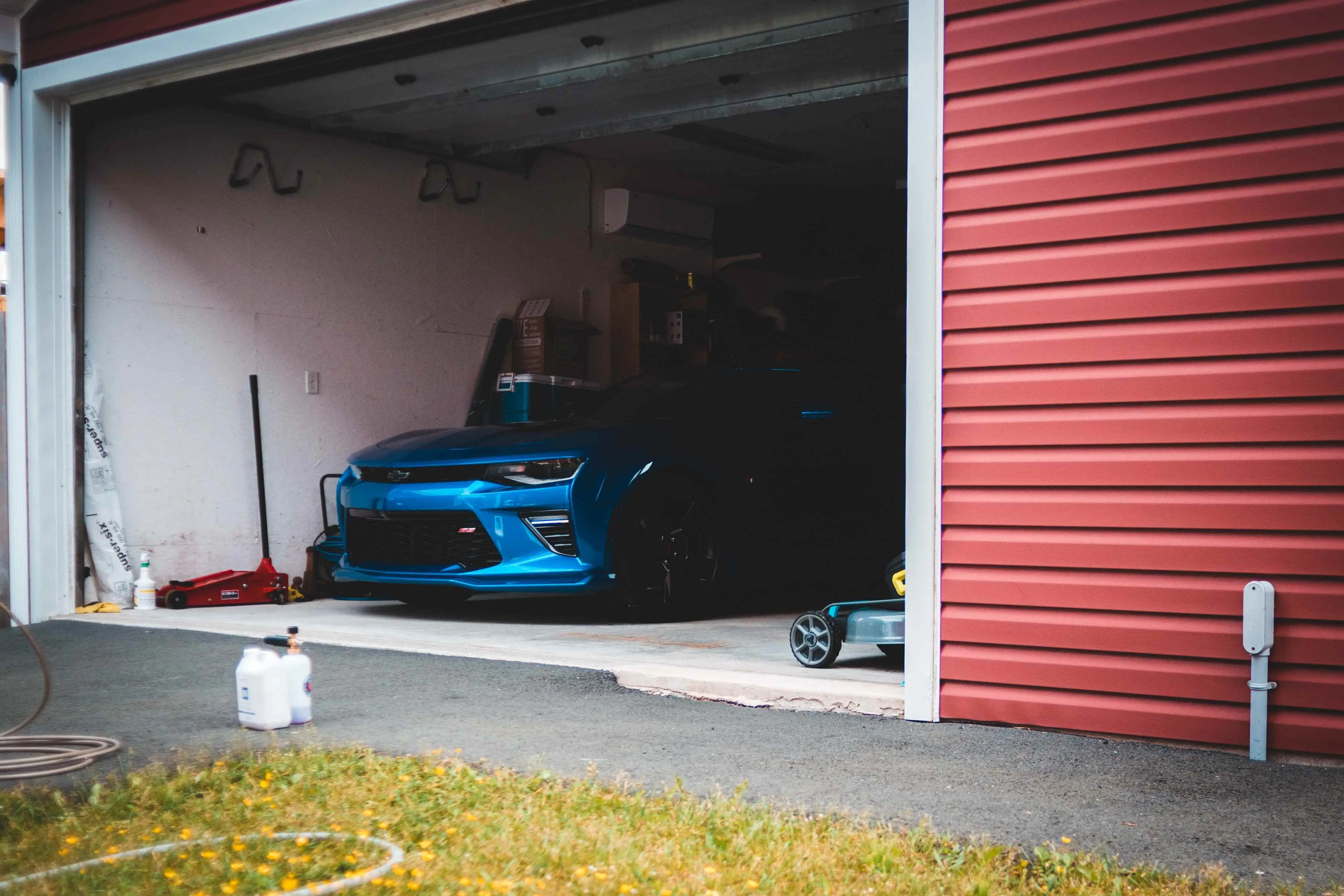If you are shopping for a new garage door, you need to know what constitutes a good R-value for a garage door, how it’s calculated, and, more importantly, what you should buy to fit your needs.
Here are the answers to all your questions about garage door R-value.
R-Value for a Garage Door - What is the Ideal Parameter
The R-value is an imperial measurement of thermal resistance used in the building and construction industry. More precisely, the R-value measures resistance to heat flow. The transmission of heat or cold can be reduced using an insulating material. Thus, R-value indicates the energy efficiency of a product. This number is calculated as a function of the thickness of the insulator and its physical properties.
When considering a garage door’s R-value, the larger the number, the better the thermal insulation of the door. For example, R‑16 is better than R‑12.
Recommended R-Values for Garage Doors
Not everyone needs a garage door with a high R-value. Choosing the right R-value for your garage door depends on what type of garage you have and how much time you spend there.
The breakdown of recommended R-values for garage doors is as follows:
- Non-Insulated to R-6 Insulation: This range is recommended for non-insulated and detached garages where people do not spend a lot of time. Having an insulated garage door doesn’t make sense if the walls of your garage are not insulated.
- R-6 to R-9 Insulation:This range is recommended for attached garages that are not conditioned, i.e., heated or cooled, depending on where you live. The doors provide sufficient insulation to stop cold damage to any items you store in the garage and are relatively inexpensive.
- R-9 to R-13 Insulation: This range is recommended for conditioned (heated or cooled) garages. In this case, you are looking for the highest possible R-value to keep the air you are heating or cooling inside where you want it.
- R-13 Insulation and Higher:This range is recommended if you have converted the garage into a living space or are trying to create a net zero home. You may have to pay a premium for a garage door with such a high R-value, but you will also save a lot on energy costs over the garage door’s lifetime.
Beyond these general recommendations, getting the highest R-value possible is a good idea if you want to be energy efficient. However, high R-value garage doors are significantly more expensive due to their more costly materials.
Contact Automated Door Systems Now to Find the R-Value that is Right for You!
The expert team at Automated Door Systems can help you find the garage door that perfectly meets your needs and can even assess the R-value of your existing garage door.
Contact us now to learn more about our collection of residential and commercial garage doors.

